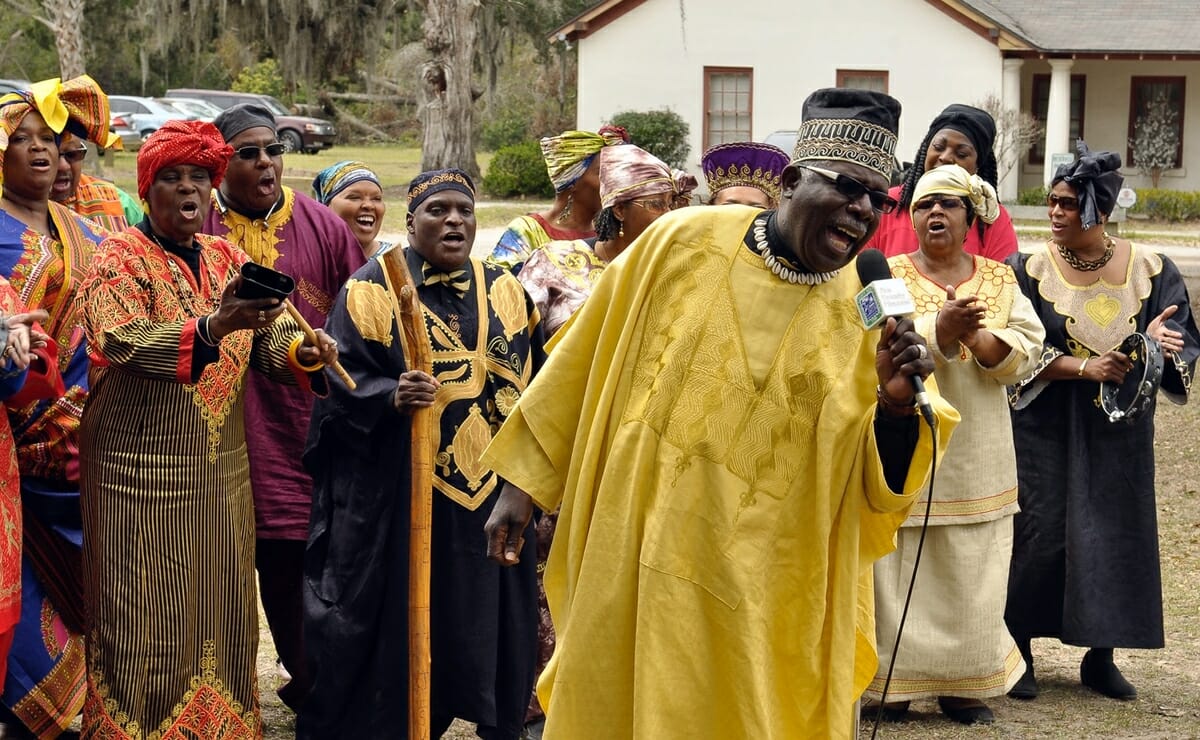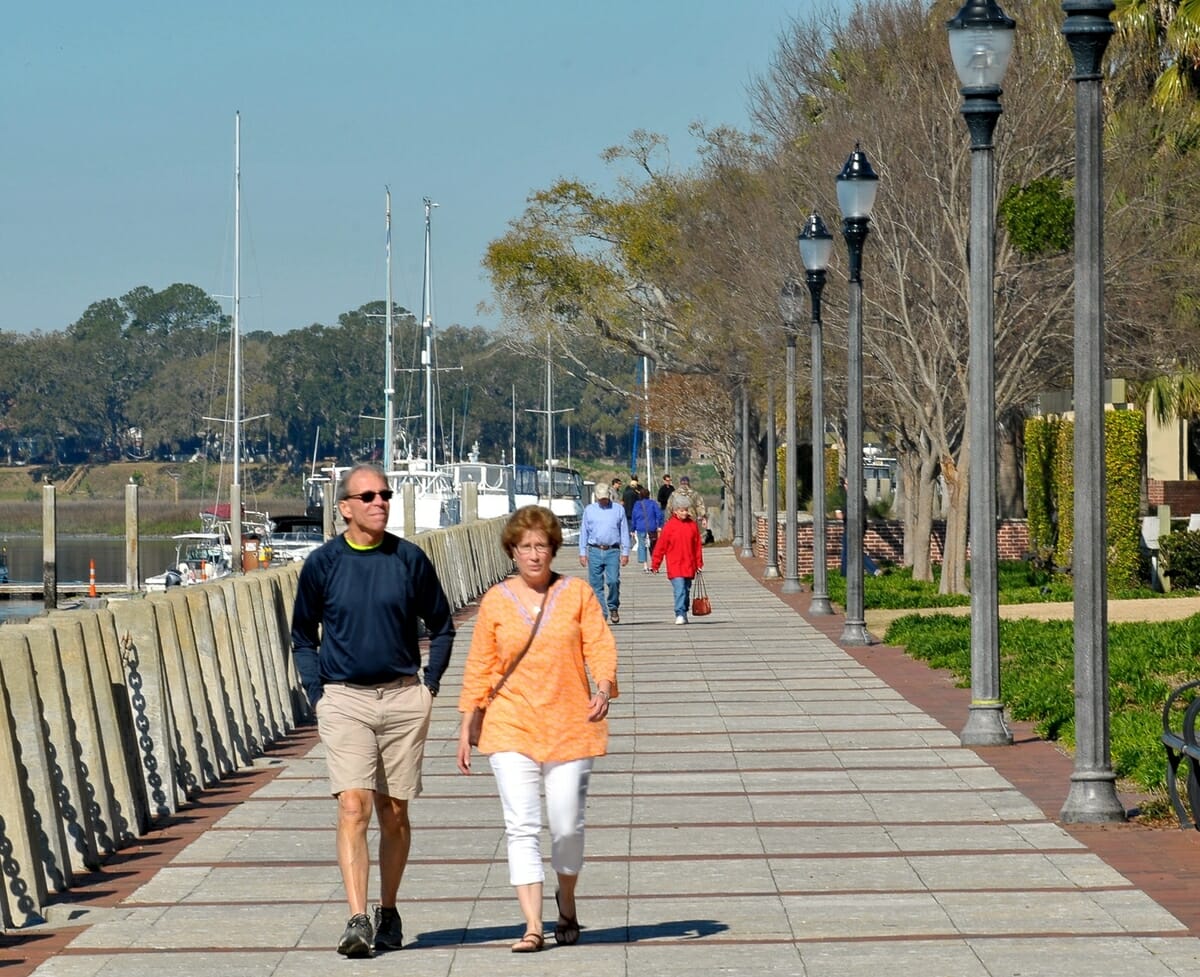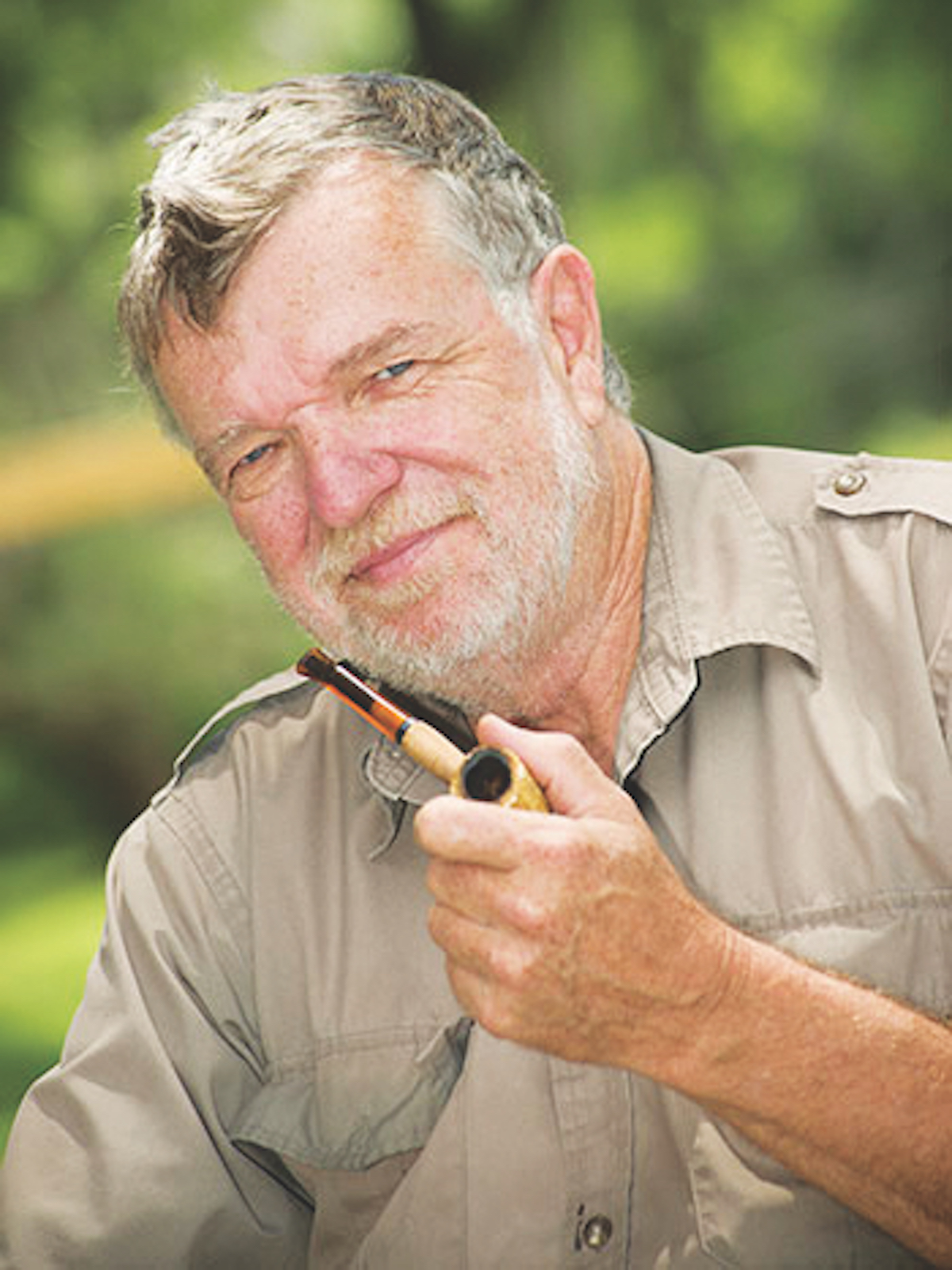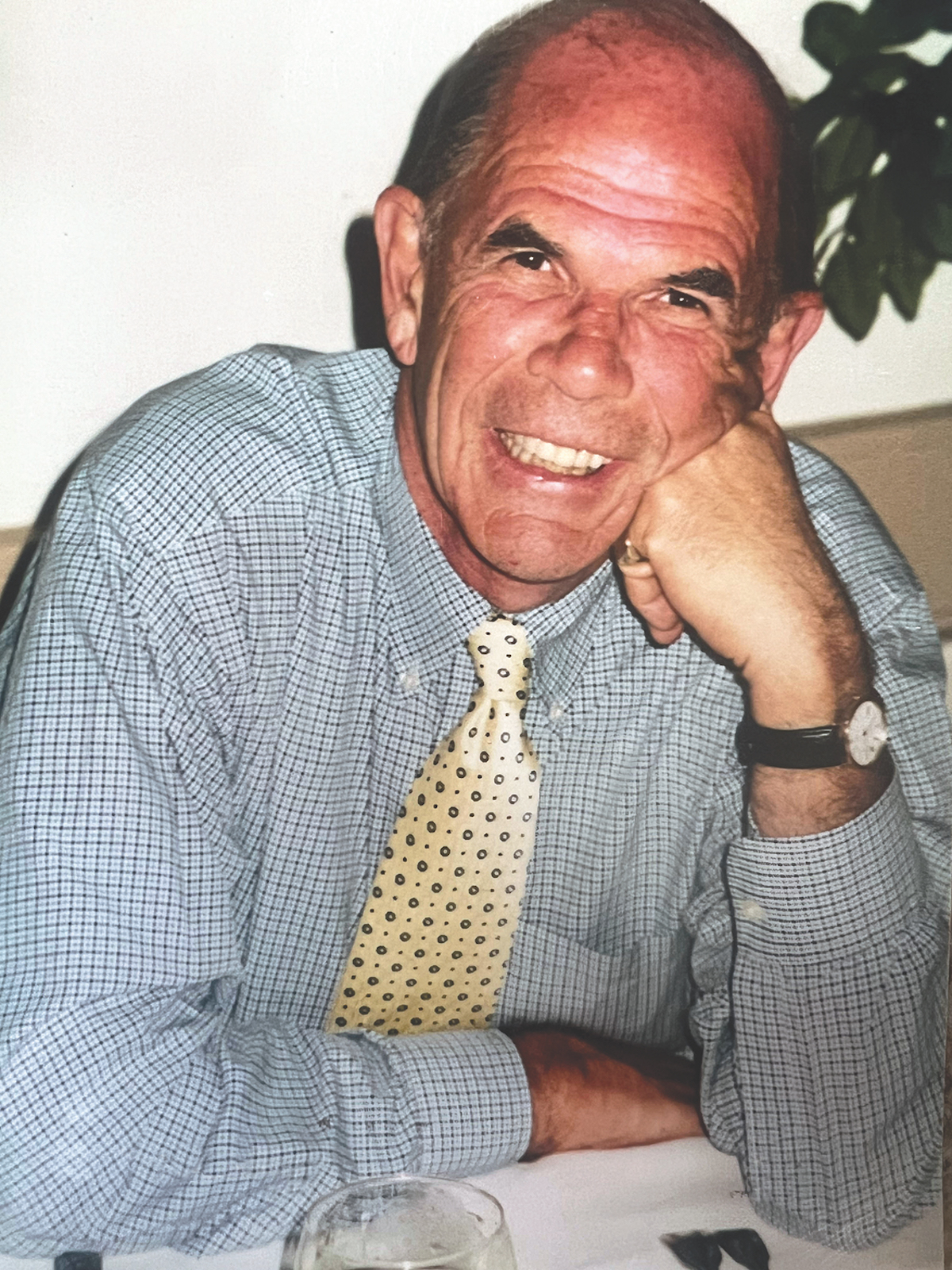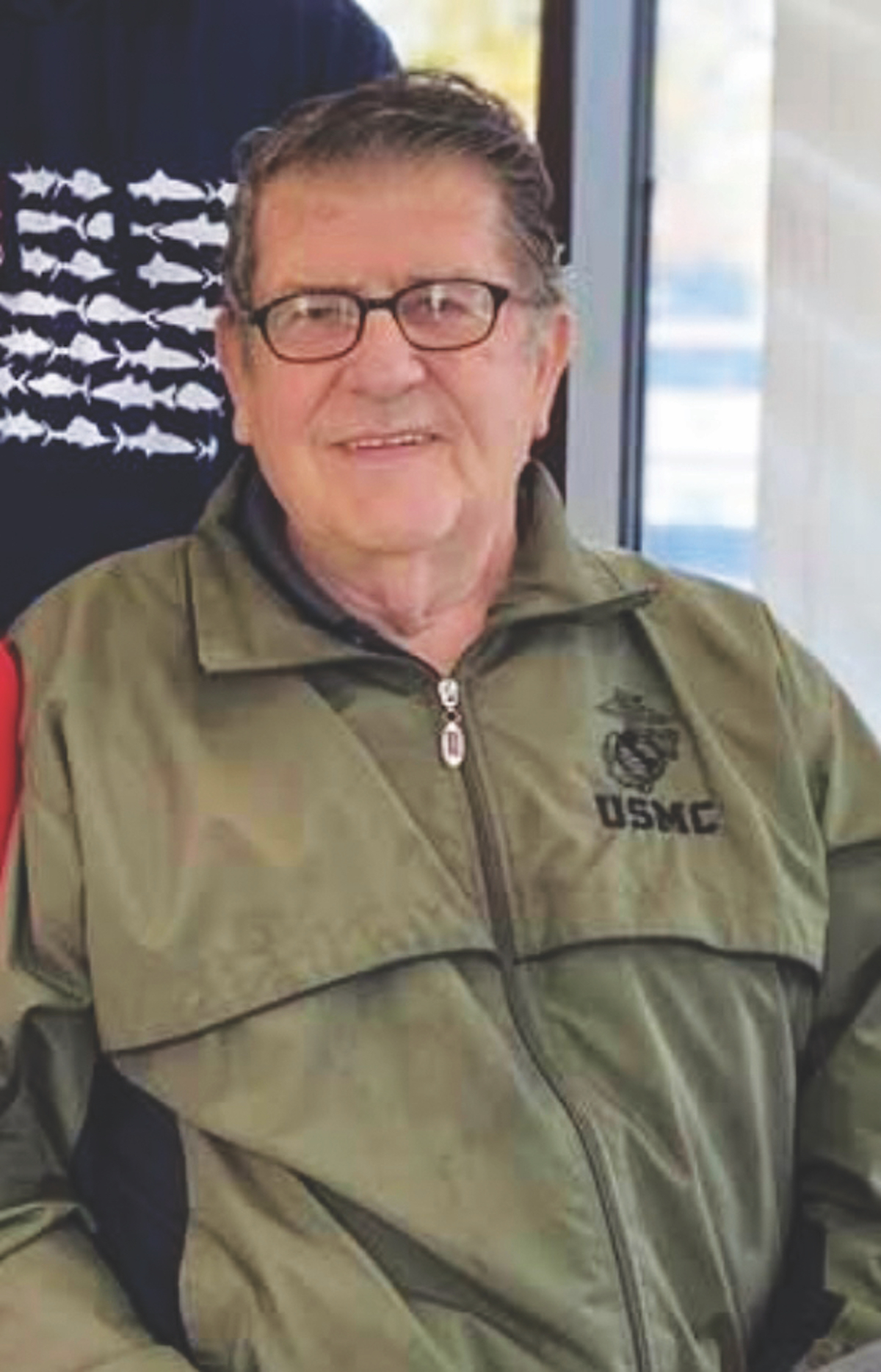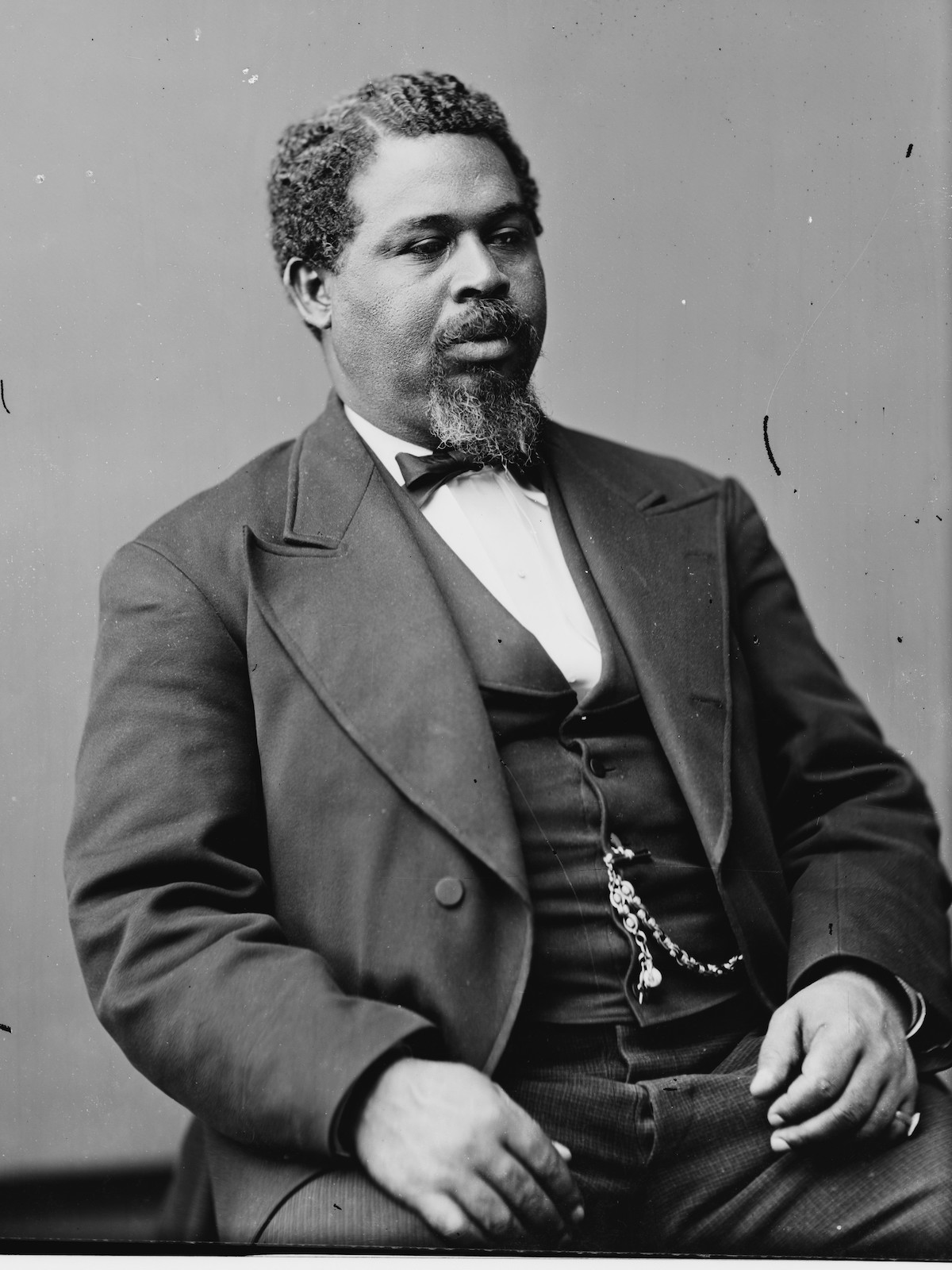Photo above: Raul Bradley (in yellow) leads the Beaufort Mass Choir in a musical selection during the unveiling ceremony of the National Park Service Reconstruction Era National Monument at Penn Center on St. Helena Island. Photos by Bob Sofaly.
By Kat Walsh
“Today is the day,” Dr. Abraham Murray, pastor of Brick Baptist Church, told a nodding audience seated outside on the grounds at Penn Center. “Yes, today is the day when government is at its best and we see the fruit of the labors of local, regional, national leaders.”
Murray’s invocation opened the dedication ceremony of the Reconstruction Era National Monument on March 18 at Penn Center on St. Helena Island.
The “monument” is actually three historic sites in Beaufort County that played a huge role in the Reconstruction Era.
The Reconstruction era began during the Civil War and lasted until the dawn of Jim Crow racial segregation in the 1890s. During Reconstruction, four million African Americans, newly freed from bondage, sought to integrate themselves into free society and into the educational, economic and political life of the country.
Reconstruction began in November 1861 in Beaufort County, after Union forces won the Battle at Port Royal Sound and brought the Lowcountry under Union control. More than 10,000 slaves stayed behind when their owners fled the cotton and rice plantations that for generations brought tremendous wealth to the Lowcountry. The Lincoln administration started the Port Royal Experiment in Beaufort County to help the former slaves become self-sufficient.
With historian Dr. Larry Rowland serving as the master of ceremonies at the dedication event, the community celebration acknowledged the individuals whose hard work that went into making what started as a dream 17 years ago into a reality.
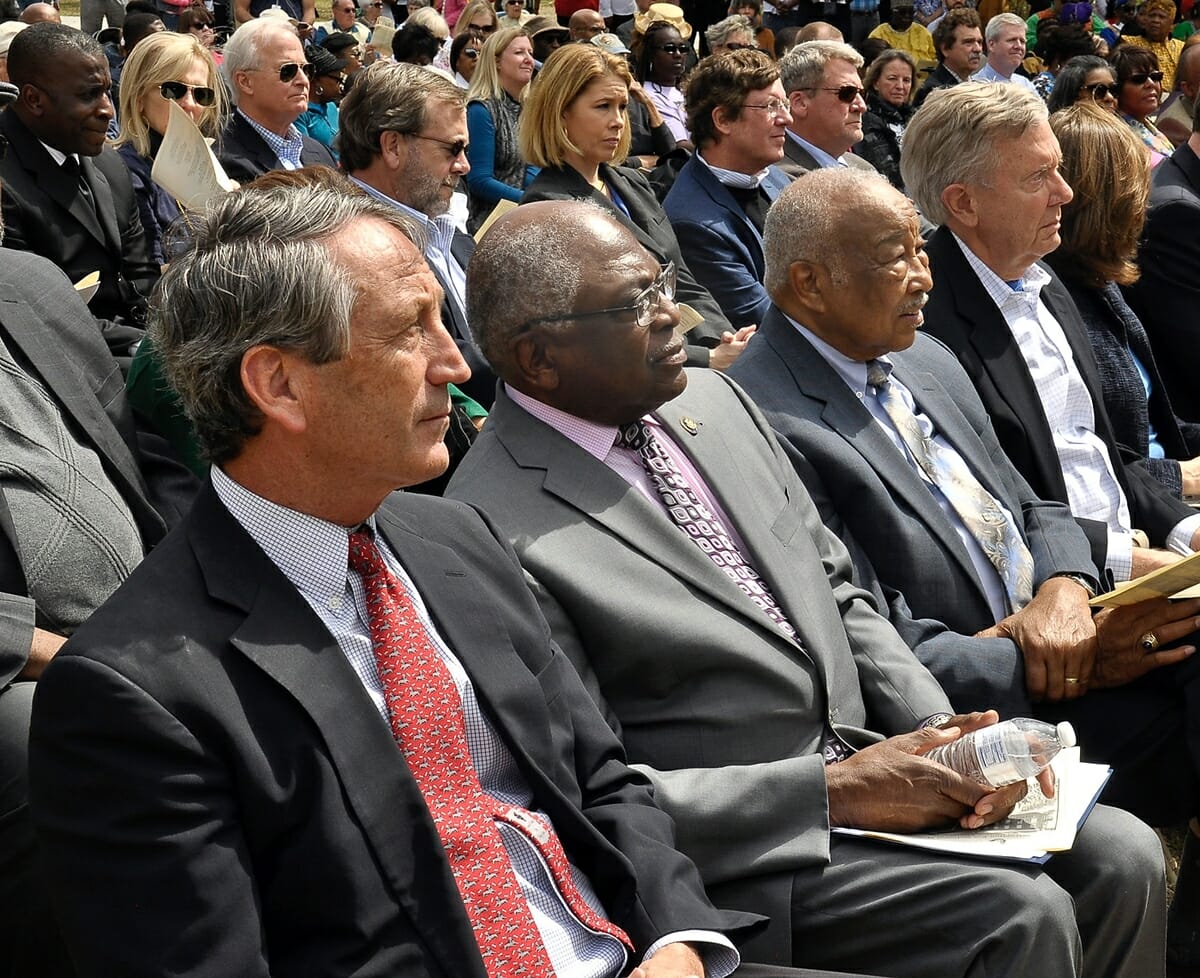
U.S. Rep. Mark Sanford, R-SC, tightly scheduled to host a town hall on Hilton Head, kept his opening remarks brief.
“This is a sacred day. We are here to celebrate construction of Reconstruction and its role in our history,” he said. “It’s part of who we are and where we have been.”
Among those Sanford thanked was fellow U.S. Sen. James Clyburn, D-SC, saying, “No one in the United States Congress has worked harder to bring today about.”
In a heartfelt welcome address, Bruce E. Babbit, of the Conservation Lands Foundation, complimented the Lowcountry community, calling the monument “an incredible citizen-based group effort.”
Babbit said the monument serves two main purposes.
“First, we have to tell the story of Reconstruction, that it was the beginning of a long journey toward opportunity and equality. Second, we have to say that this story is not yet finished. That the journey to justice and opportunity for all continues.”
Mike Reynolds, acting director of the National Park Service, began his opening remarks with an apology: at a formal occasion he would be in full uniform to represent the National Park Service. However, he explained, his full uniform, hat and all, was currently in the possession of United Airlines.
Wearing a mostly-fitting suit jacket kindly borrowed from a fellow presenter, Reynolds said, “This beautiful site reminds me of a national park, because now … it is. So much of Reconstruction happened right here, under your feet. It should send chills down your spine.”
He also seconded Babbit’s comment on the power of community. “Today is a moment in history,” he said. “And it was the spirit and character of the Lowcountry that did it.”
In his keynote address, Clyburn also stressed the significance of the very ground where everyone sat and shared a story of his own experience with desegregation in the Civil Rights era.
Pointing to a building about 100 feet away, Clyburn said, “On March 15, 1960, this is where we all gathered. This was the only place in the state of South Carolina where black and white people could meet and not worry about getting arrested.”
Clyburn said he hopes that significant sites in nearby areas – such as Mitchellville on Hilton Head Island and the Gullah/Geechee Cultural Heritage Corridor – will also be become part of this national monument.
Progress and updates on the Reconstruction Era National Monument will be posted on the park’s official website at www.nps.gov/reer.
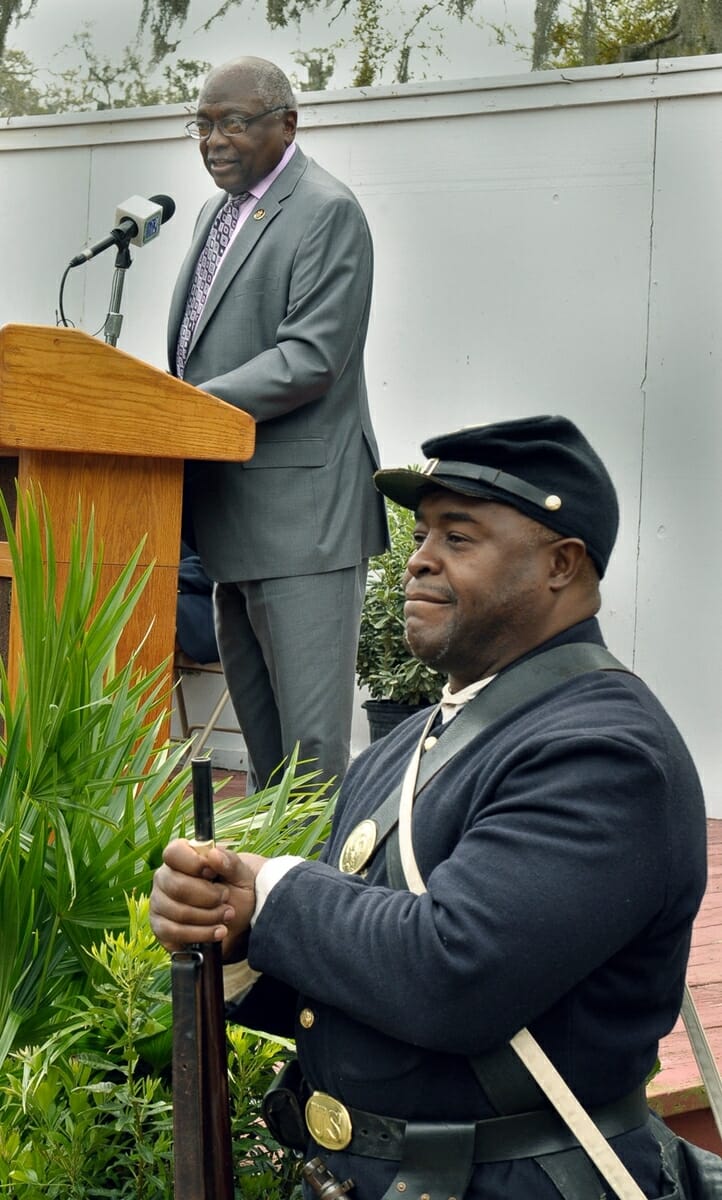
The Monument Sites
When complete, the Reconstruction Era National Monument will be composed of historic buildings and landscapes at three sites in Beaufort County (more sites are expected to be added in the future):
• Darrah Hall and Brick Baptist Church, within Penn School National Historic Landmark District, the site of one of the country’s first schools for freed slaves and a church built by slaves in 1855 and then turned over to the former slaves in 1862.
• The Camp Saxton Site, on U.S. Navy property in Port Royal, where some of the first African Americans joined the U.S. Army, and where the Emancipation Proclamation was first read on New Year’s Day 1863.
• The Old Beaufort Firehouse, which is within walking distance of dozens of other historic Reconstruction properties.


